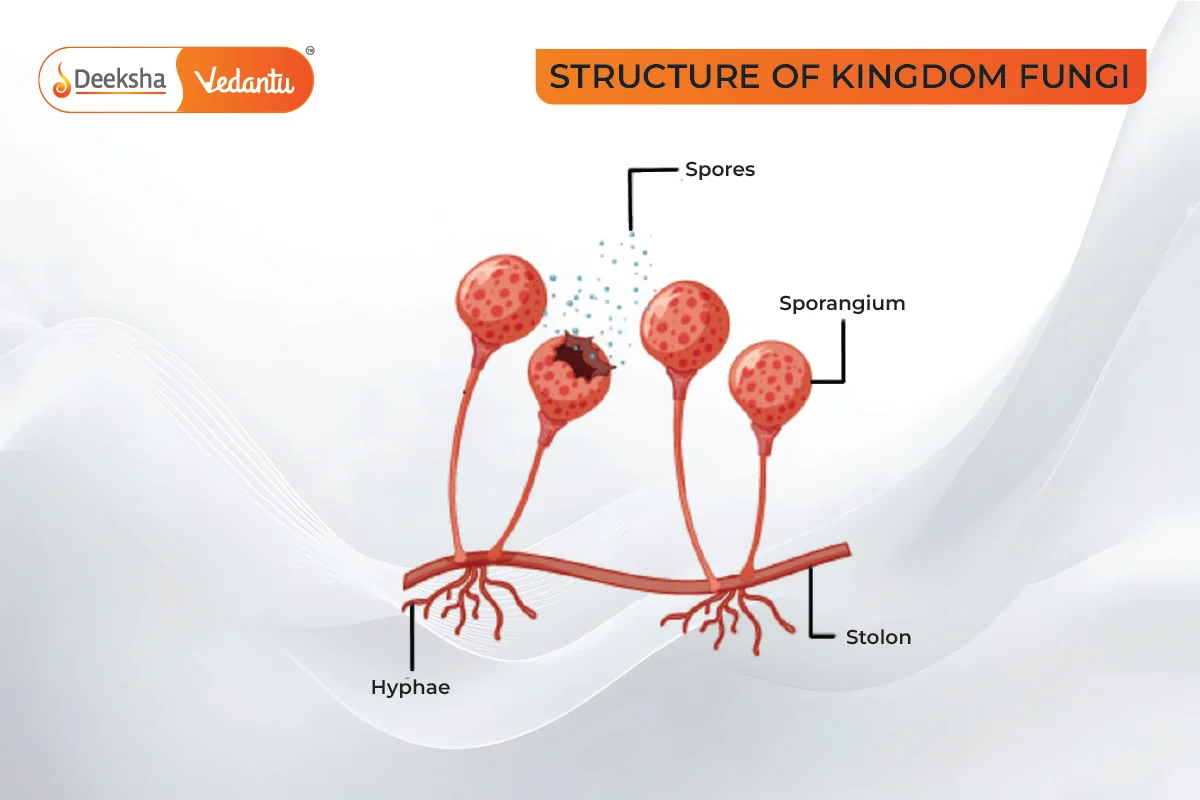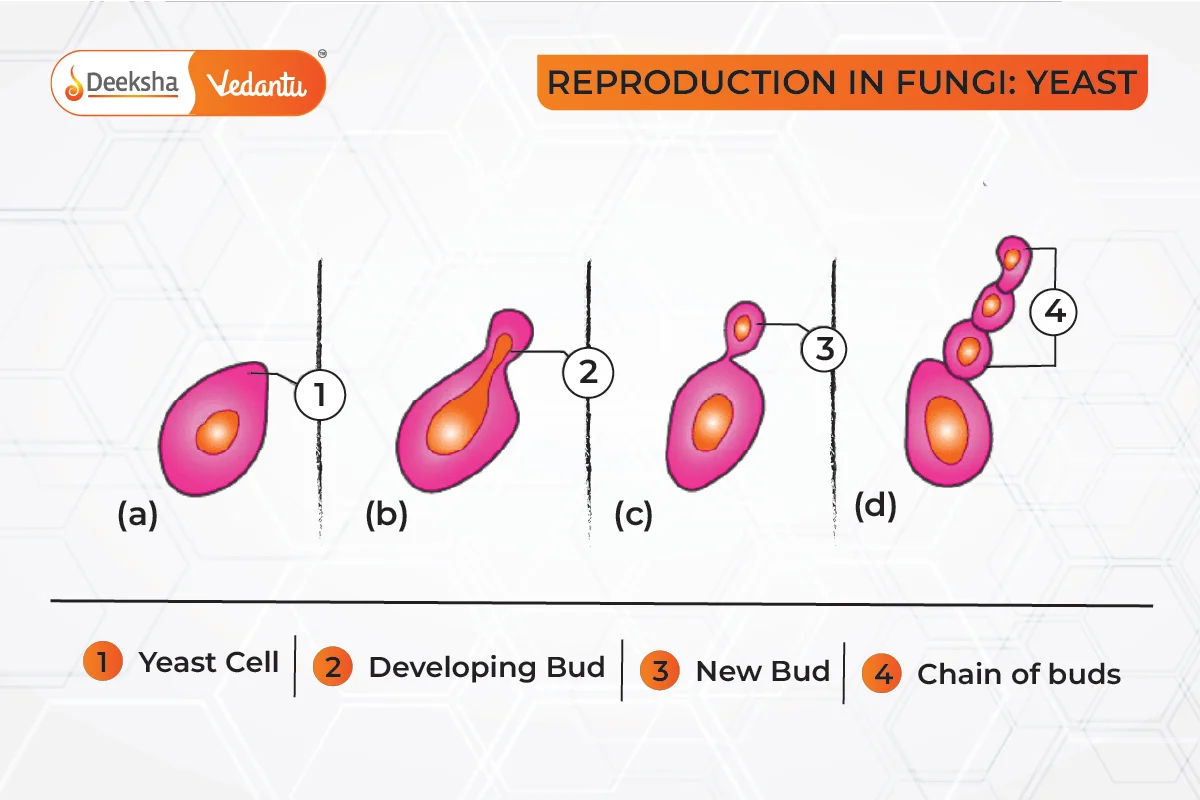Understanding the Kingdom of Fungi
Introduction Fungi, a unique kingdom of ubiquitous organisms, play crucial roles in nature and our lives. They range from the yeast used in baking to the mold that spoils food, and from the mushrooms in forests to life-saving antibiotics derived from them. This article delves into the fascinating world of fungi, exploring their structure, classification, and significance in detail.
What are Fungi?

Fungi are eukaryotic organisms that differ from plants and animals. They include yeasts, molds, and mushrooms, characterized by their chitinous cell walls. Fungi are heterotrophic, meaning they obtain nutrients by absorbing them from external sources. Their reproduction can occur through both sexual and asexual means, often involving spores.
Structural Characteristics

Fungi are predominantly multicellular, except for yeasts, which are unicellular. Their bodies typically consist of long, branching structures called hyphae, which collectively form a network known as mycelium. The cell walls of fungi are made of chitin, which distinguishes them from plants that have cellulose walls.
- Hyphae and Mycelium: Hyphae are thread-like structures that branch and form the extensive network of the mycelium, providing a large surface area for nutrient absorption.
- Chitin Cell Walls: Unlike plants, fungi have cell walls made of chitin, which provides structural strength and protection.
- Nucleus and Organelles: Fungi are eukaryotic, containing a nucleus and various organelles within each cell.
Classification of Fungi
Fungi are classified into several groups based on their life cycles and reproductive strategies:
- Zygomycetes: These fungi form sexual spores called zygospores and asexual sporangiospores.
- Ascomycetes: Known as sac fungi, they reproduce sexually via ascospores and asexually via conidia.
- Basidiomycetes: These include mushrooms and reproduce sexually through basidiospores.
- Deuteromycetes: Often called imperfect fungi, they do not have a known sexual phase and reproduce only asexually through conidia.
Reproductive Modes

Fungi can reproduce in various ways:
- Vegetative Reproduction: Through simple processes like budding, fission, or fragmentation of hyphae.
- Asexual Reproduction: By producing spores such as conidia or sporangiospores.
- Sexual Reproduction: Through complex processes involving the fusion of hyphae from different mating types to form spores such as ascospores or basidiospores.
Roles and Uses
Fungi are not only essential for ecological balance but also have numerous applications:
- Environmental Recycling: They decompose dead organic material, recycling nutrients back into the ecosystem.
- Food Industry: Mushrooms are cultivated as food, and molds play a role in cheese production.
- Medical Field: Antibiotics like penicillin are derived from fungal sources.
- Agricultural Impact: Some fungi are used as biocontrol agents to manage pests.
Challenges and Considerations
While fungi are beneficial, they can also be harmful. They are responsible for diseases in plants and animals, including humans. Moreover, their ability to spoil food results in significant economic losses.
Conclusion
The kingdom of fungi is a complex and diverse group of organisms that are integral to our natural environment and offer various benefits and challenges. Understanding their biology helps in harnessing their potential and managing their threats more effectively.
FAQs
Fungi play a crucial role in nutrient cycling and decomposition, making them essential for ecosystem health.
Fungi are used to produce antibiotics like penicillin and other drugs that treat various diseases.
No, while some mushrooms are edible and highly valued, others are toxic and can be fatal if consumed.
While mushrooms can be seen without aid, many fungi, such as molds and yeasts, require magnification to be observed clearly.
Fungi lack chlorophyll, do not perform photosynthesis, and have chitin in their cell walls, unlike plants.
Related Topics
- Animals – Nervous System
- Control and Coordination
- How Do Our Activities Affect The Environment?
- Human Digestive System
- Our Environment
- Neurons
- Types of Pollution
- Modes Of Reproduction Used By Single Organisms
- Global Warming
- Respiration
- Mitosis And Meiosis
- Nitrogen Cycle
- Ozone Layer and its Depletion
- Biology FAQs
- Ecosystem












Get Social